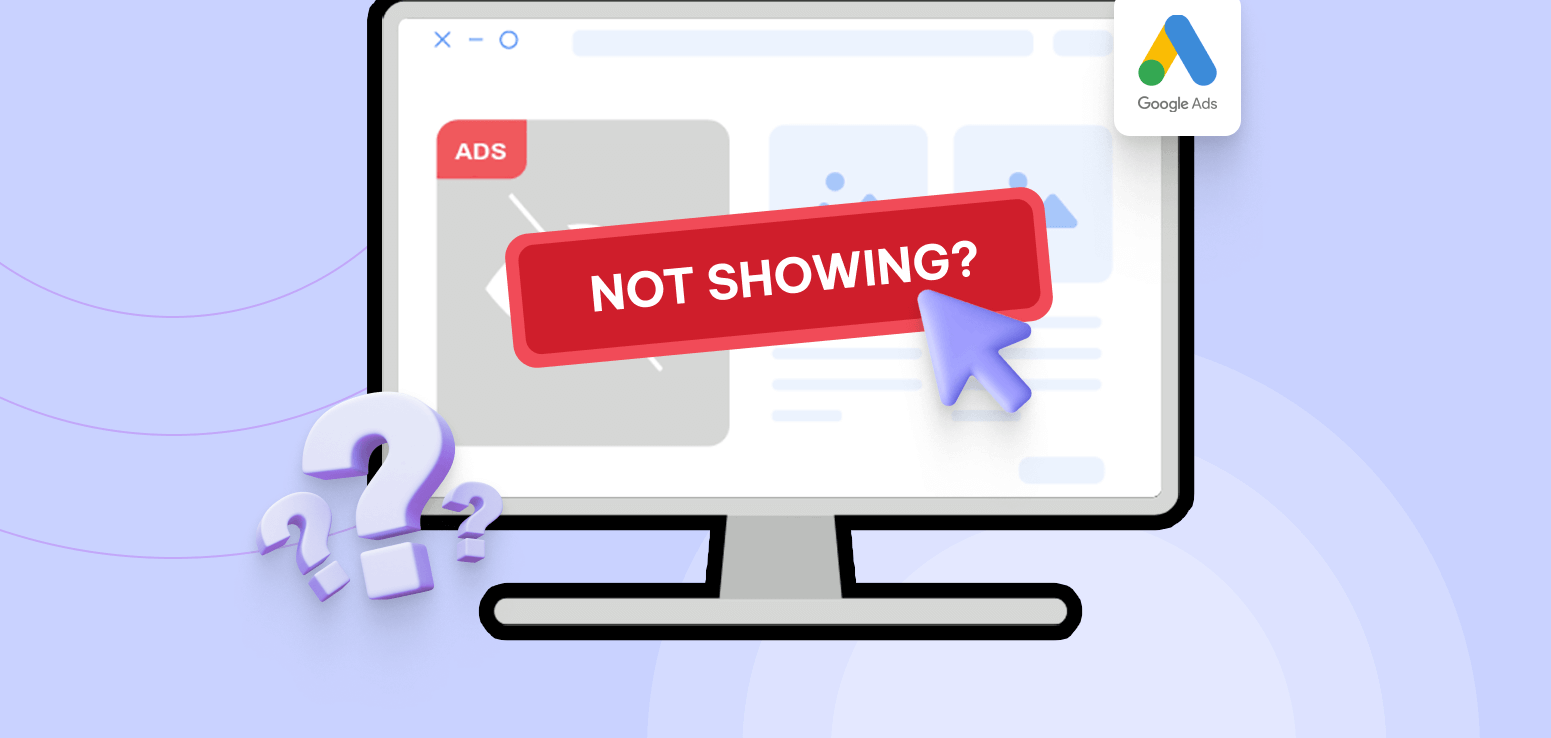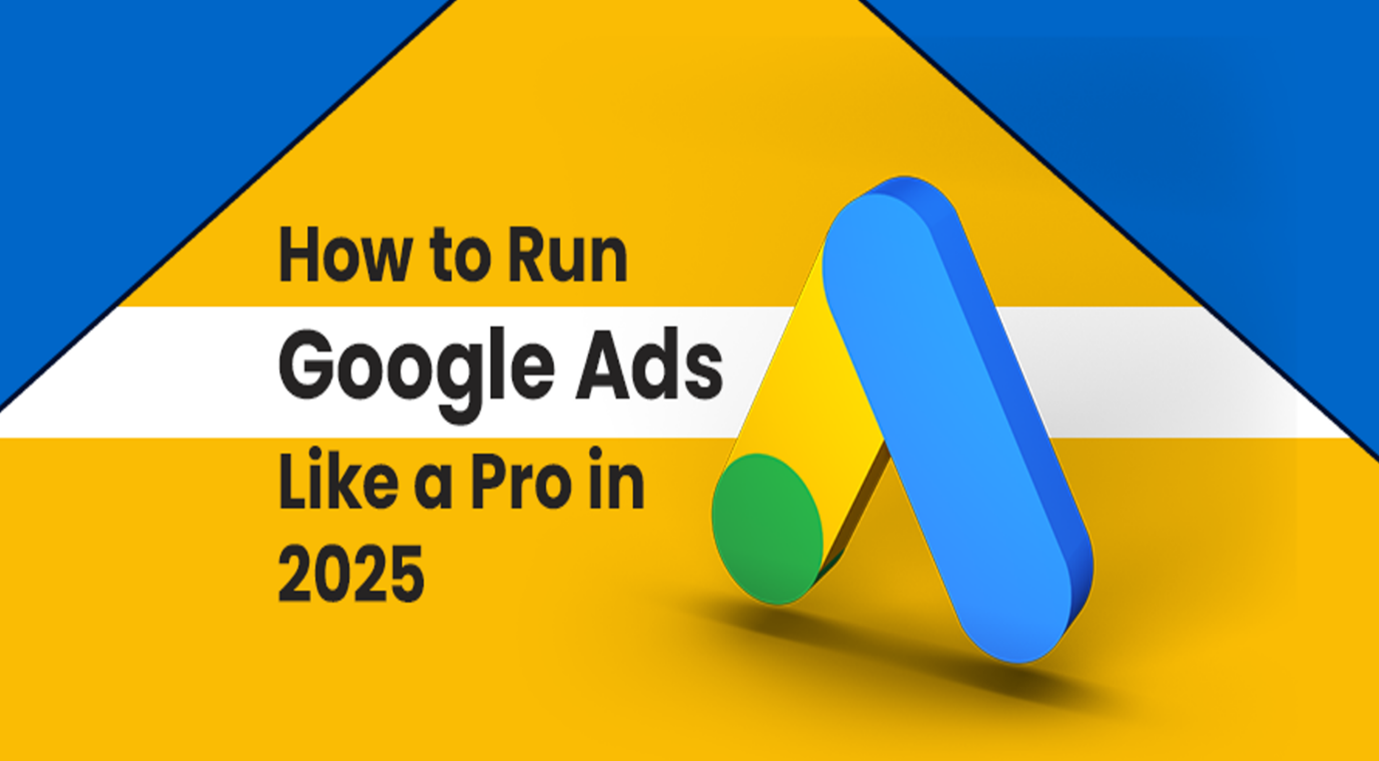If you’re using Google Ads to promote your business, choosing the right keyword match type is crucial.
What Are Keyword Match Types in Google Ads?
Google Ads lets you decide how closely a user’s search needs to match your keyword for your ad to show.
The three main match types are:
- Broad Match
- Phrase Match
- Exact Match
Each controls the reach and relevance of your ads differently.
1. Broad Match – Reach the Largest Audience
Broad Match is the default type. It allows your ad to show for searches that include your keywords, similar words, synonyms, related searches, or even misspellings of your keywords.
Example: If your keyword is “running shoes,” your ad might appear for searches like “buy sneakers,” “best jogging shoes,” or “athletic footwear.”
When to use Broad Match:
- When you want to reach a wide audience
- For brand awareness campaigns
- To discover new keywords you may not have thought of
Pros:
- Maximizes reach
- Helps find new opportunities
- Supports brand positioning
Cons:
- Less control over who sees your ads
- Can attract irrelevant clicks
- Needs regular monitoring to avoid wasted budget
2. Phrase Match – Balance Between Reach and Precision
Phrase Match shows your ad only when the search contains your exact keyword phrase in the same order. The search can have extra words before or after the phrase.
Example: If your keyword is “running shoes,” your ad might show for “buy running shoes online” or “running shoes for men” but not for “shoes for running.”
When to use Phrase Match:
- When you want more relevant traffic but still some flexibility
- To improve the quality of clicks
- When you have an idea of what your audience is searching for
Pros:
- More control over search relevance
- Filters out some unrelated queries
- Can improve your return on investment
Cons:
- Smaller reach than broad Match
- Still, some variations are allowed
Phrase Match is ideal for running PPC services or SEM services when you want to balance reach with ad relevance.
3. Exact Match – Highest Precision
Exact Match triggers your ad only when the search exactly matches your keyword or very close variants, like plurals or misspellings.
Example: If your keyword is “running shoes,” ads show only for “running shoes” or “running shoe,” not for “best running shoes.”
When to use Exact Match:
- When you want to target high-intent users
- For campaigns focused on conversions
- When you want strict control over your budget
Pros:
- Very relevant clicks
- Best control over ad spend
- Ideal for driving conversions
Cons:
- Limits your audience size
- May miss related but valuable searches
Exact Match is perfect for focused performance marketing campaigns.
How to Choose the Right Match Type for Your Business
Your choice depends on your goals:
- If you want maximum exposure and to discover new keywords, start with Broad Match.
- For a balance of reach and control, use Phrase Match.
- If you need precision and want to spend wisely on high-converting traffic, go for Exact Match.
Tips to Make the Most of Match Types
- Begin with Broad Match to gather insights.
- Use Phrase Match to filter and refine your audience.
- Use Exact Match for campaigns focused on specific goals.
- Regularly add negative keywords to avoid irrelevant traffic.
- Review your search terms often to improve results.
These tactics are key in any strong PPC services or SEM services strategy.
Why This Matters for Your Business
In today’s digital landscape, every click counts. Using the right match type saves your budget, improves ad relevance, and drives better conversions. If you’re also working on SEO services, understanding search intent through match types can boost your overall online presence.
Broad Match, Phrase Match, and Exact Match are potent tools that help you effectively reach your target audience. Using them wisely supports your brand positioning and enhances your performance marketing efforts.
Master these match types, and you’ll get the most from your Google Ads campaigns, making your investment count toward real business growth.



